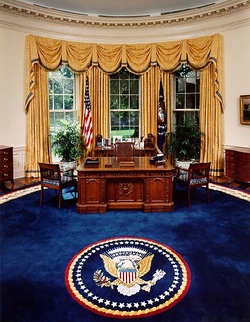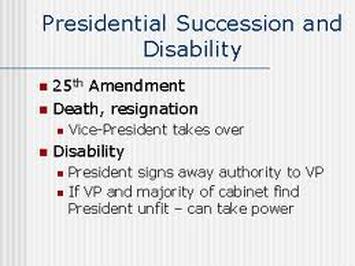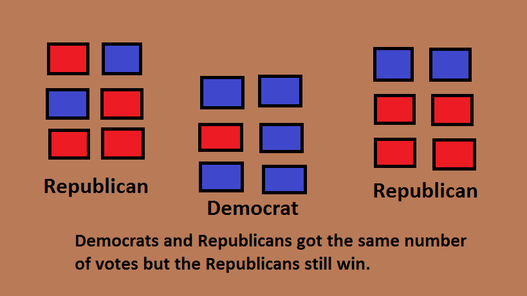The Executive Branch
Constitutional Requirements
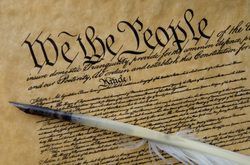
To be the President you must:
Not in the Constitution - The "Unwritten Rule":
You must be:
- Be 35 years old
- Have been born in the U.S.
- Have lived in the U.S. for 14 years
Not in the Constitution - The "Unwritten Rule":
You must be:
- White
- Male
- A graduate of an Ivy League school
- Protestant
- Wealthy
Terms and Pay
- 1 term=4 years
- Only 2 consecutive terms
- The President makes $400,000 a year and gets a $50,000 expense allowance
Office of the Vice President
The Constitution says that the Vice President:
- Presides over the Senate and
- Replaces the President when needed
- Fun Fact: 8 vice presidents have become President due to the death of a President
- Fun Fact: 8 vice presidents have become President due to the death of a President
Presidential Succession
Order of Presidential Succession
- President
- Vice President
- President Pro Tempore
- Members of Cabinet in order of creation (first is Department of State)
Roles of the President
Chief of State
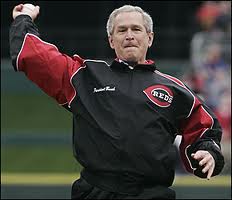
- The President is the ceremonial head of the United States
- EX: First pitch of a baseball game or pardoning a Turkey on Thanksgiving
Chief Executive
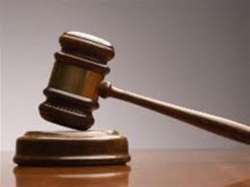
- The President makes sure all laws and treaties are enforced
- Appointment of Powers
Commander in Chief
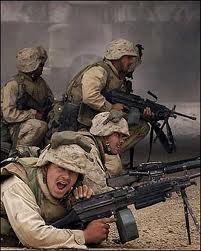
- Supreme commander of the U.S. military
- Can NOT declare war
- War Powers Resolution- the President can send troops to foreign countries but he must get approval from Congress within sixty days.
- Does not need experience in the military
Chief Diplomat
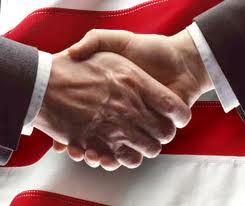
- The President is the main representative of the U.S. to the rest of the world
- He may also create Executive Agreements - an international agreement that does NOT need approval of the Senate. They are faster and more secretive than treaties.
Chief Legislator
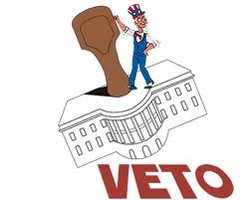
- The President has influence making laws
- The President's options:
- Sign a bill to make it a law
- Veto a bill - has happened 2,513 times - can be overridden by a 2/3 vote
- Pocket Veto - don't do anything with the bill until the end of a congressional session. If Congress really wants that bill to be a law, they must reintroduce it in the next session.
- Do nothing with the bill for 10 work days. - This allows the bill to become a law without the President's signature.
Chief of Party
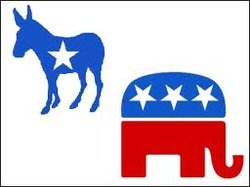
- The President is the head of his political party
- In charge of fund-raising - Since he is the most visible member of his party, the President leads most of the fund-raising.
- Patronage: rewarding party workers with government jobs and contacts (the more popular the President is, the more power he has within his own party.)
Chief Citizen

The President should set a good example for all other U.S. citizens.
The Electoral College
- On election day you vote for a democratic or republican elector, not a president
- Each state has as many electors as they do members in Congress (EX: Wisconsin has 10 - 2 from the Senate and 8 from the House)
- To win the presidency you need a majority (270/538 - The extra 3 members in Congress come from Washington D.C.)
- It is possible to win the presidency with only 11 states in your favor
- If no one receives a majority of the votes then the House decides who is President and the Senate decides the Vice President
